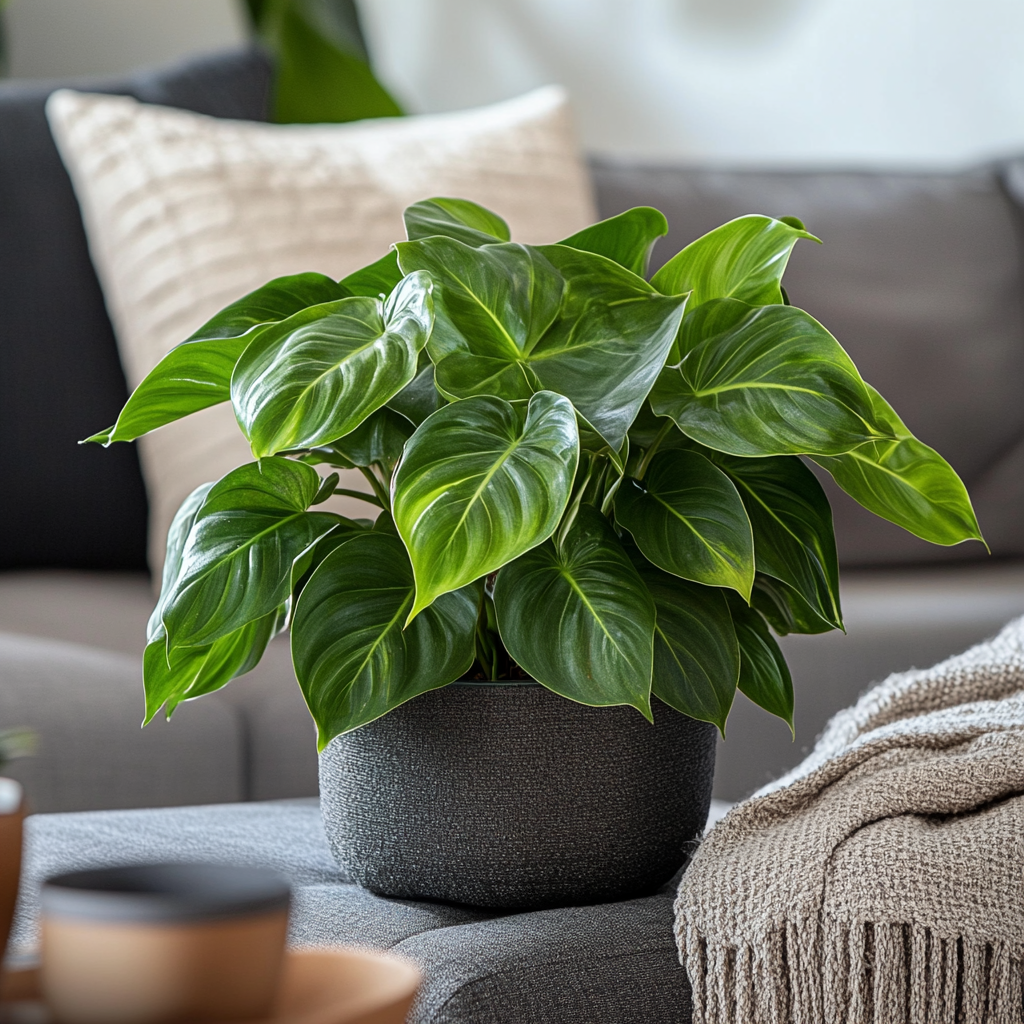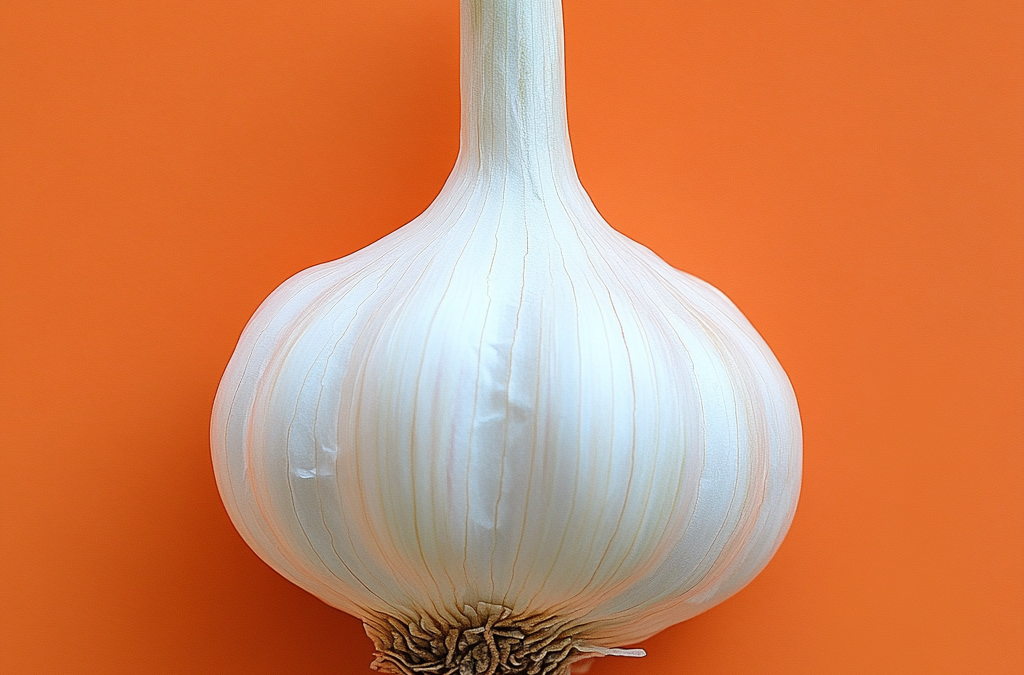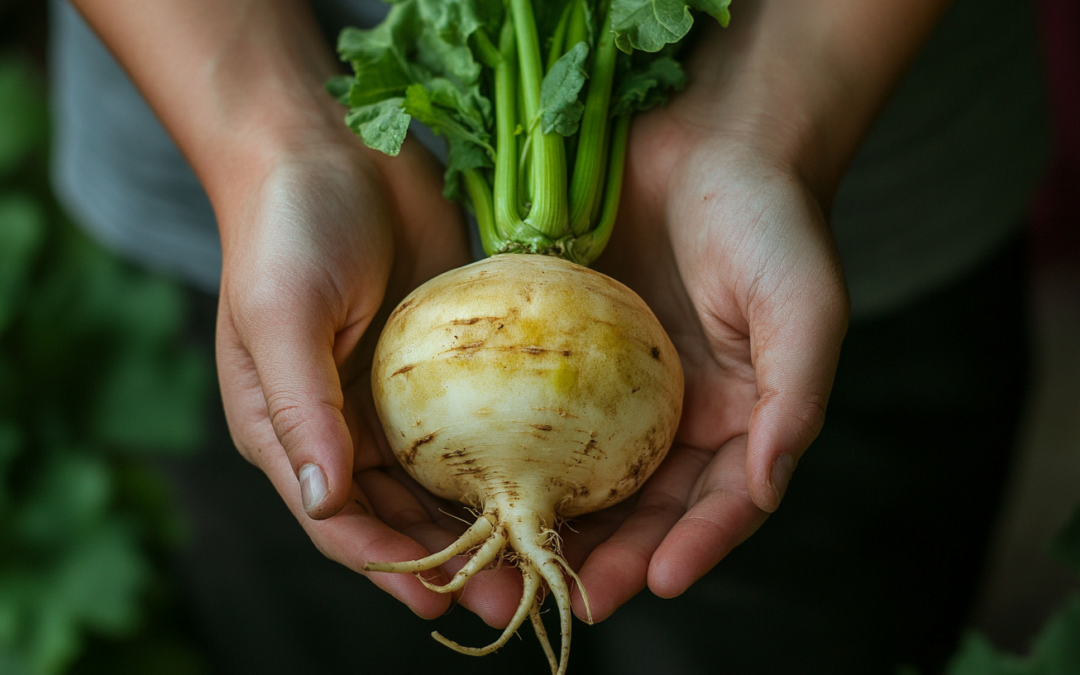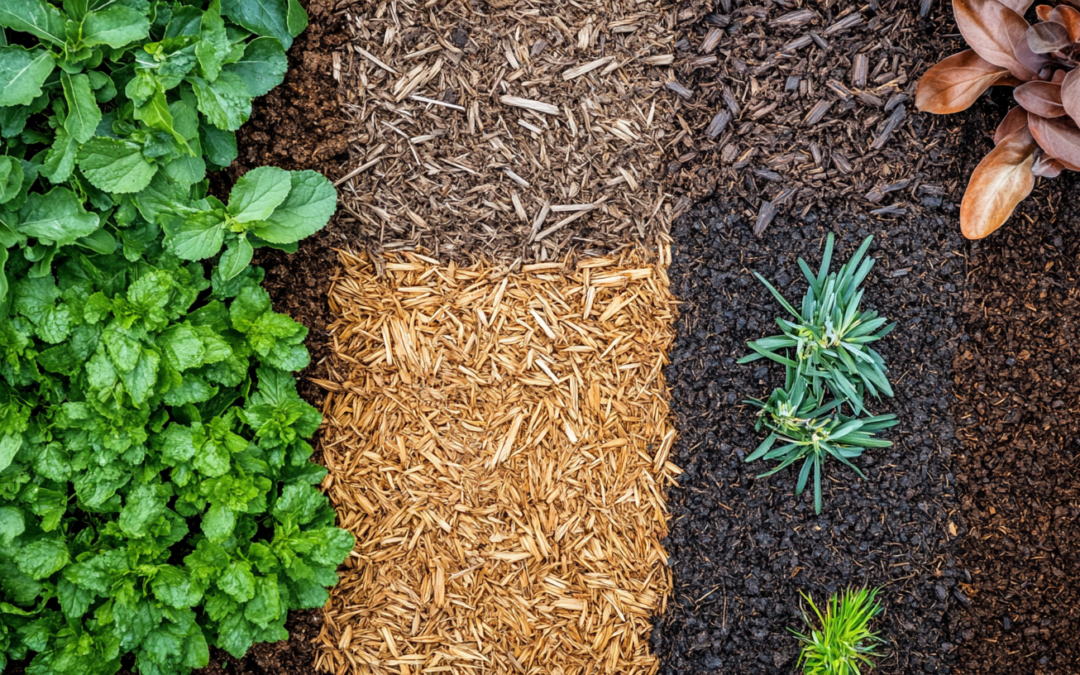Common Name: Philodendron
Scientific Name: Philodendron spp.
Family: Araceae
Origin: Native to the tropical Americas, particularly in regions like the Caribbean and South America.
Overview
Philodendrons are a popular and versatile group of houseplants known for their striking foliage and easy care. With a wide variety of species, they come in different shapes, sizes, and colors, making them a favorite among plant enthusiasts. They are particularly known for their heart-shaped leaves and trailing vines, but some varieties feature larger, more dramatic foliage. These plants are ideal for both beginner and seasoned plant lovers due to their adaptability and low-maintenance needs.
Types of Philodendron
- Heartleaf Philodendron (Philodendron hederaceum): Known for its small, glossy, heart-shaped leaves. This variety is perfect for hanging baskets or as a trailing plant.
- Philodendron Brasil (Philodendron hederaceum ‘Brasil’): Features green and yellow variegated leaves that add a pop of color to any space.
- Philodendron Selloum (Philodendron bipinnatifidum): A larger variety with deeply lobed, glossy leaves that can grow quite big, making it an excellent floor plant.
- Philodendron Micans: Known for its velvety, dark green to bronze leaves that shimmer in the light, this variety is perfect for adding texture to your plant collection.
Care Requirements
- Light: Philodendrons thrive in bright, indirect light but can also tolerate lower light conditions, making them a great option for rooms with less natural light. However, too much direct sunlight can scorch their leaves.
- Watering: Water your Philodendron when the top 1-2 inches of soil feel dry to the touch. Be careful not to overwater, as they are susceptible to root rot. In the winter months, reduce watering frequency.
- Humidity: These tropical plants prefer higher humidity levels but will adapt to average indoor humidity. If you notice the leaves turning brown at the edges, increasing humidity with a humidifier or placing the plant on a pebble tray with water can help.
- Temperature: Philodendrons prefer warm temperatures between 65-80°F (18-27°C). Avoid placing them in drafty areas or near cold windows, as they are sensitive to cold temperatures.
- Soil: A well-draining potting mix is ideal for Philodendrons. A mix designed for aroids or a combination of peat, perlite, and pine bark works well.
Growth and Maintenance
- Pruning: Prune regularly to keep your Philodendron looking tidy and encourage new growth. You can cut back leggy vines to maintain a fuller appearance.
- Propagation: Philodendrons are easy to propagate through stem cuttings. Simply cut a healthy stem just below a node (where leaves or roots grow), place it in water or directly into soil, and wait for roots to develop.
- Repotting: Repot your Philodendron every 1-2 years or when it outgrows its pot. Choose a pot that’s 1-2 inches larger in diameter than the current one.
Benefits
- Air Purification: Like many houseplants, Philodendrons are known for their ability to purify the air by removing toxins such as formaldehyde, making them a great addition to any home or office.
- Low Maintenance: These plants are forgiving and can survive with minimal attention, making them ideal for busy plant owners or beginners.
- Aesthetic Appeal: With their unique, lush foliage and trailing vines, Philodendrons add a touch of greenery and elegance to any space.
Fun Facts
- Philodendrons are part of the Araceae family, which also includes other popular houseplants like Peace Lilies and Monstera.
- Some species of Philodendron can grow vines up to 10 feet long, making them excellent for hanging baskets or allowing them to trail from shelves.
- The name “Philodendron” comes from the Greek words “philo” (love) and “dendron” (tree), referring to the plant’s natural tendency to climb trees in the wild.



